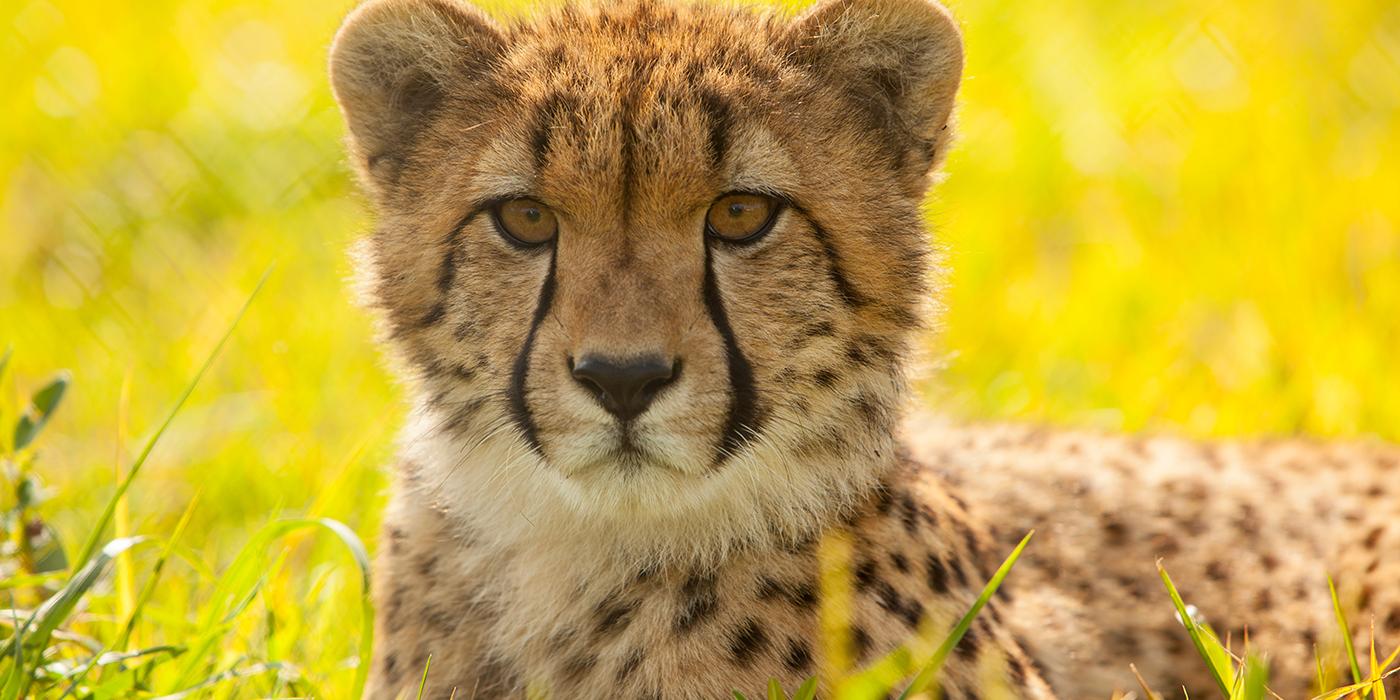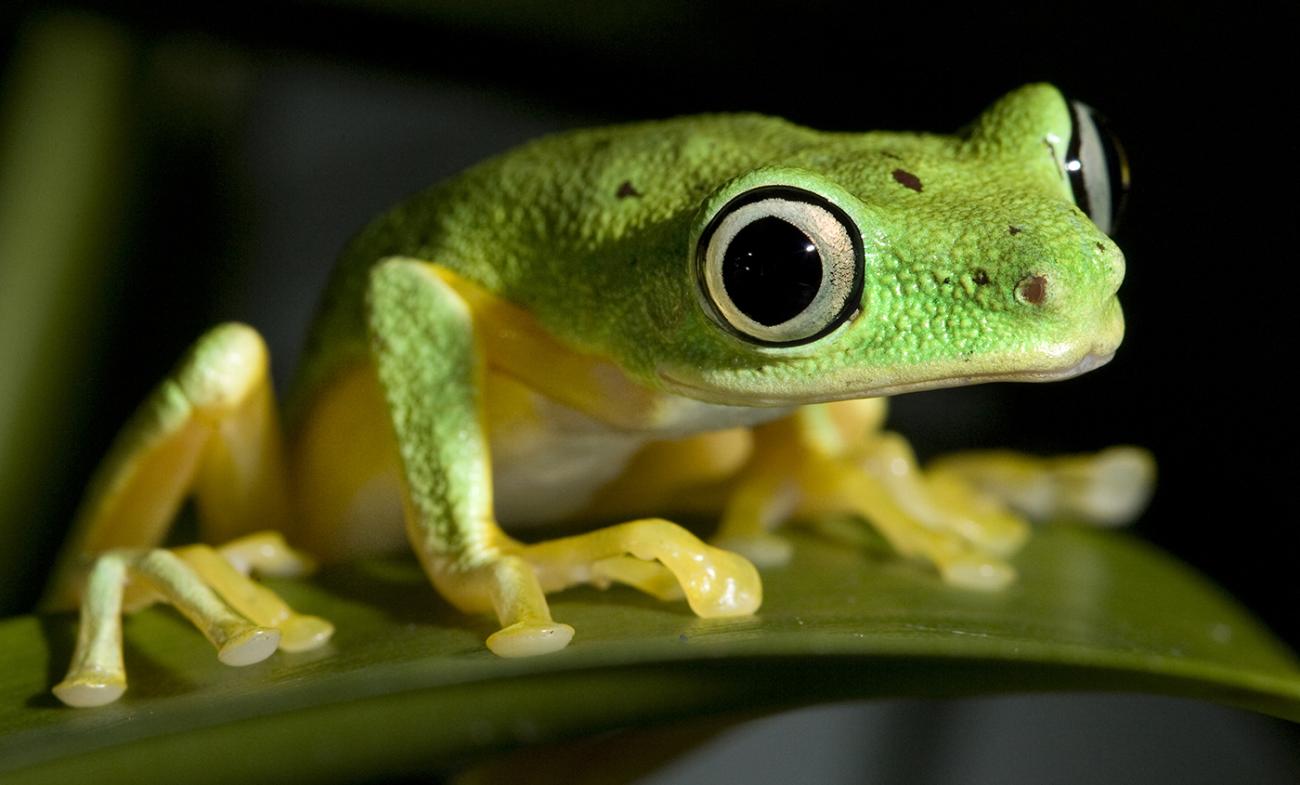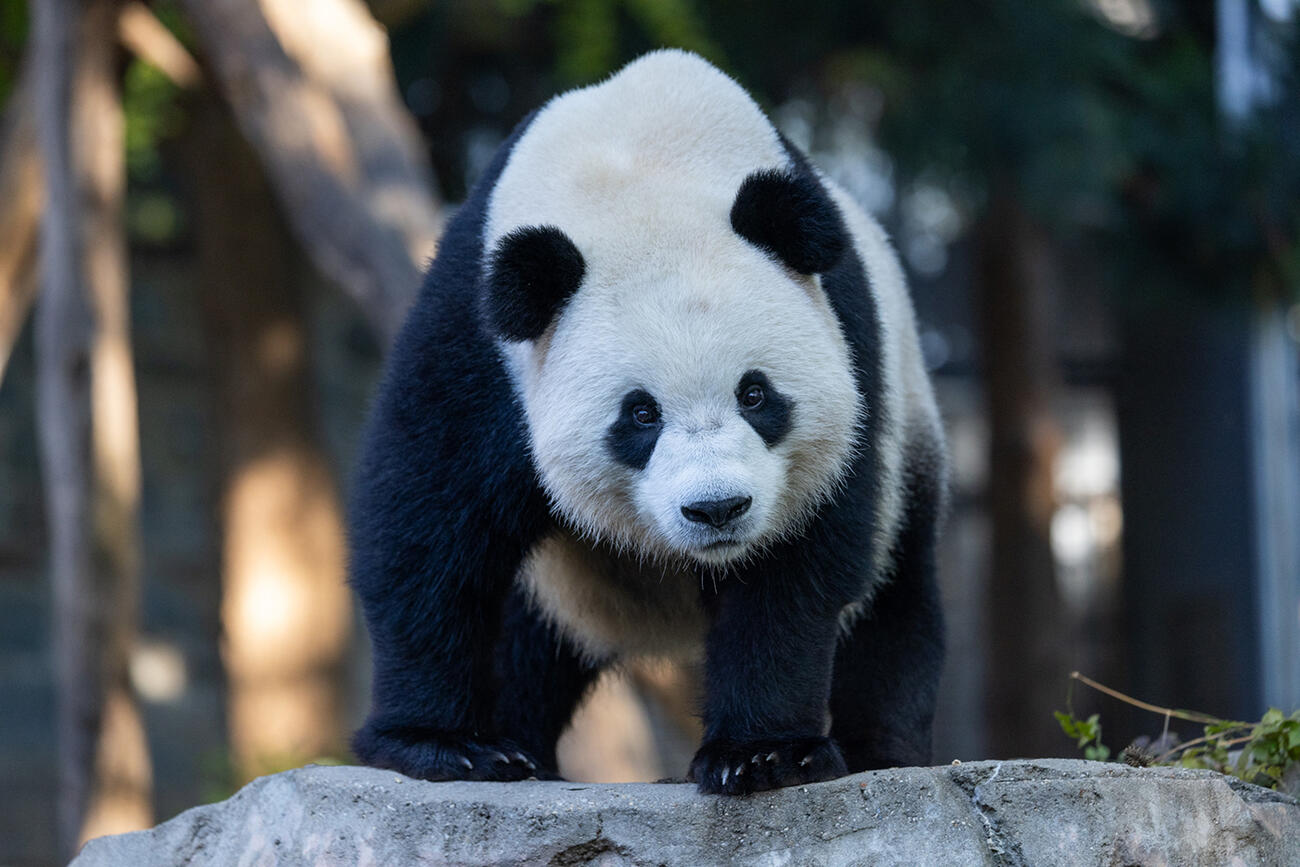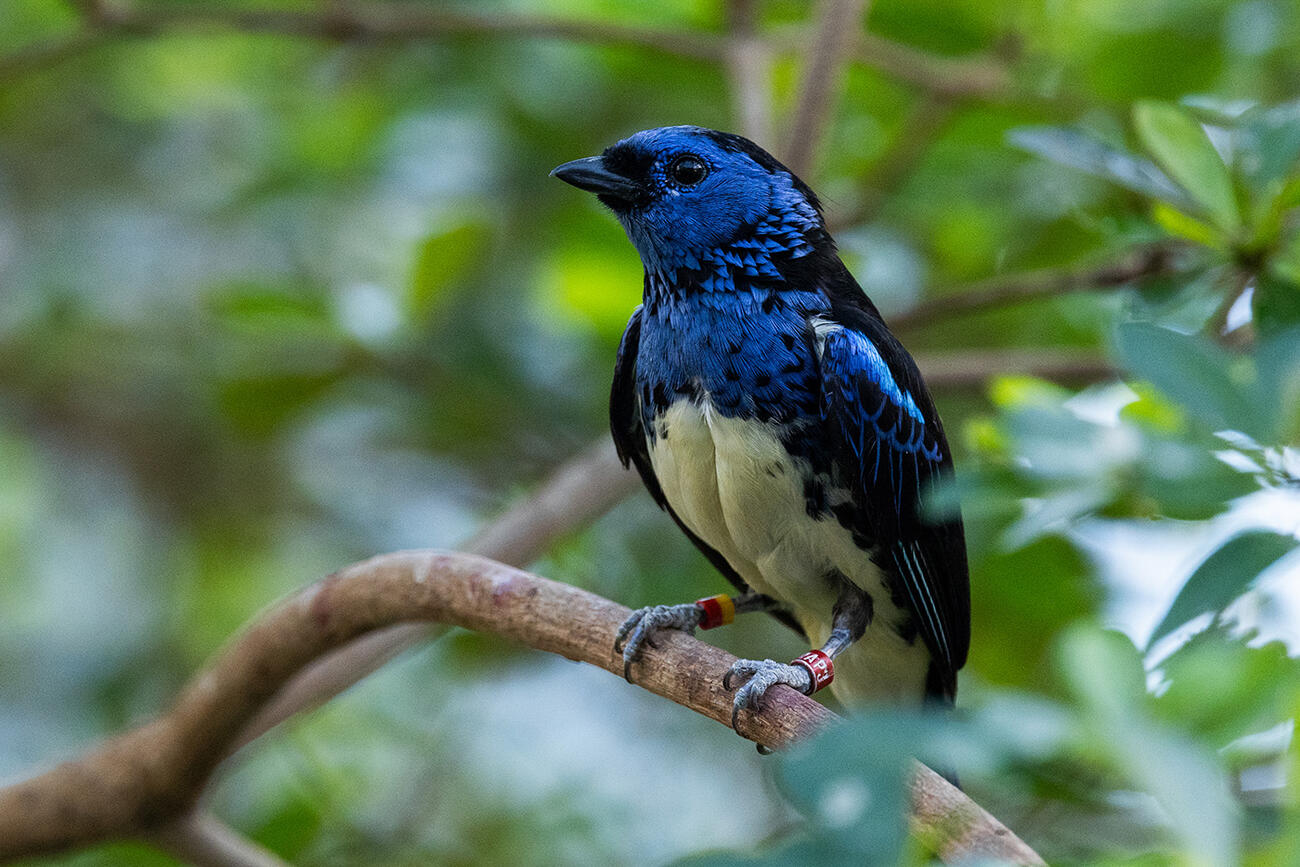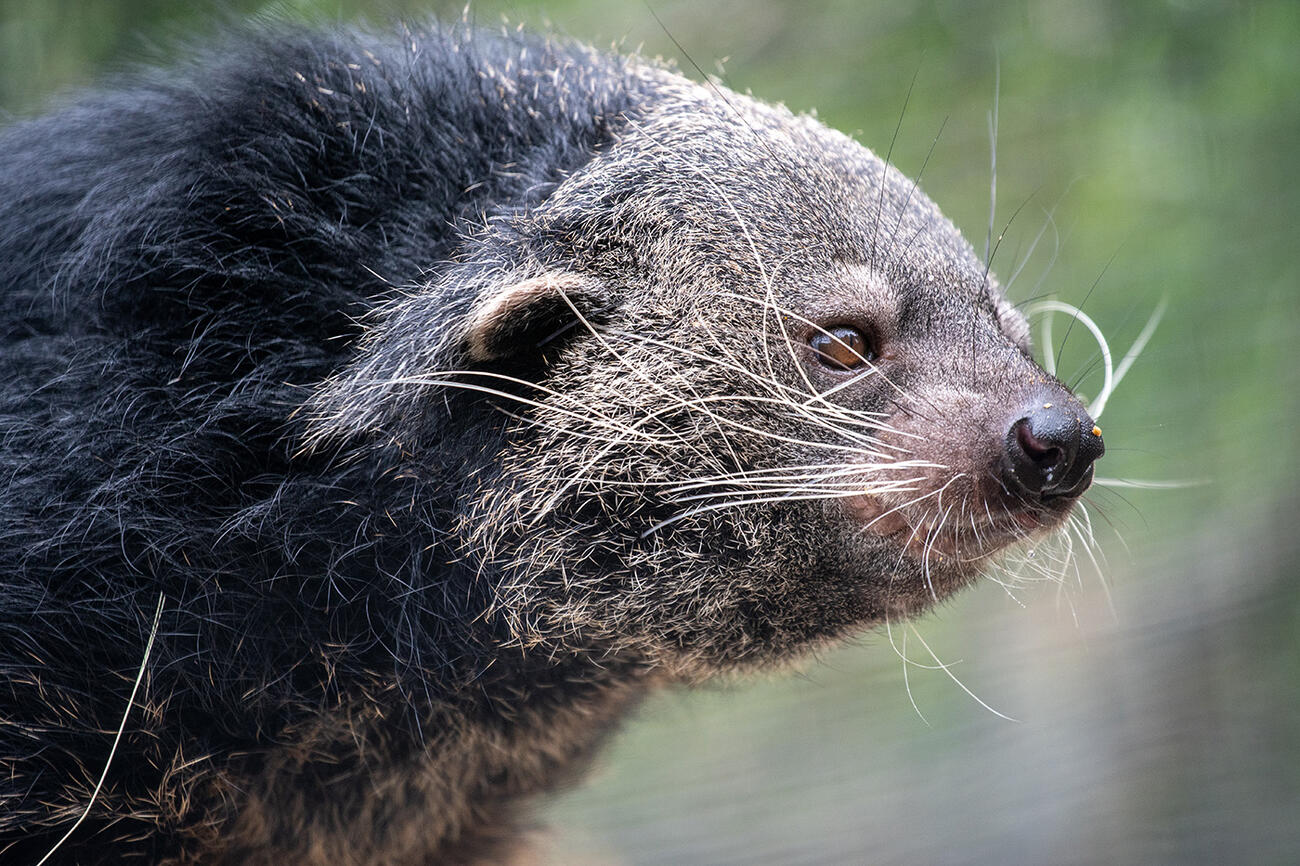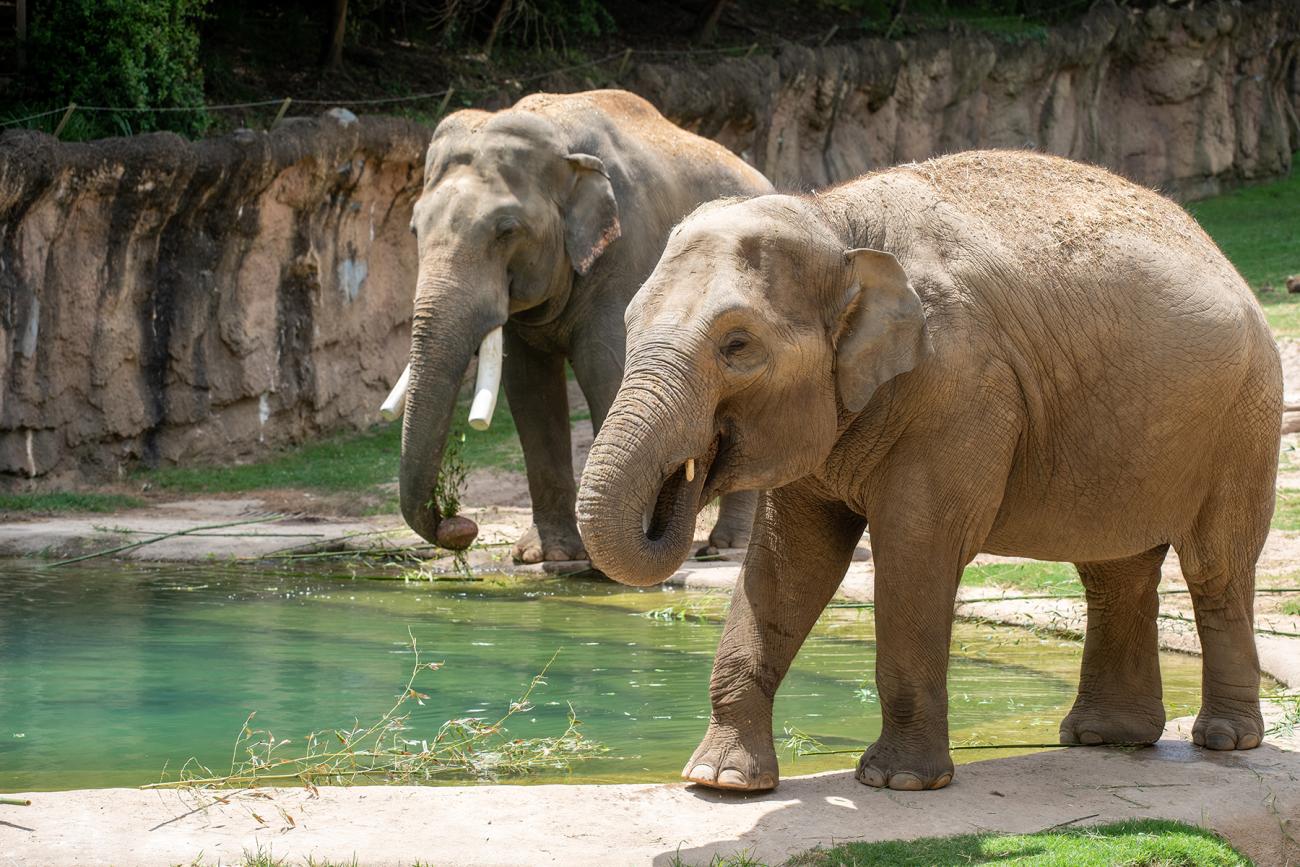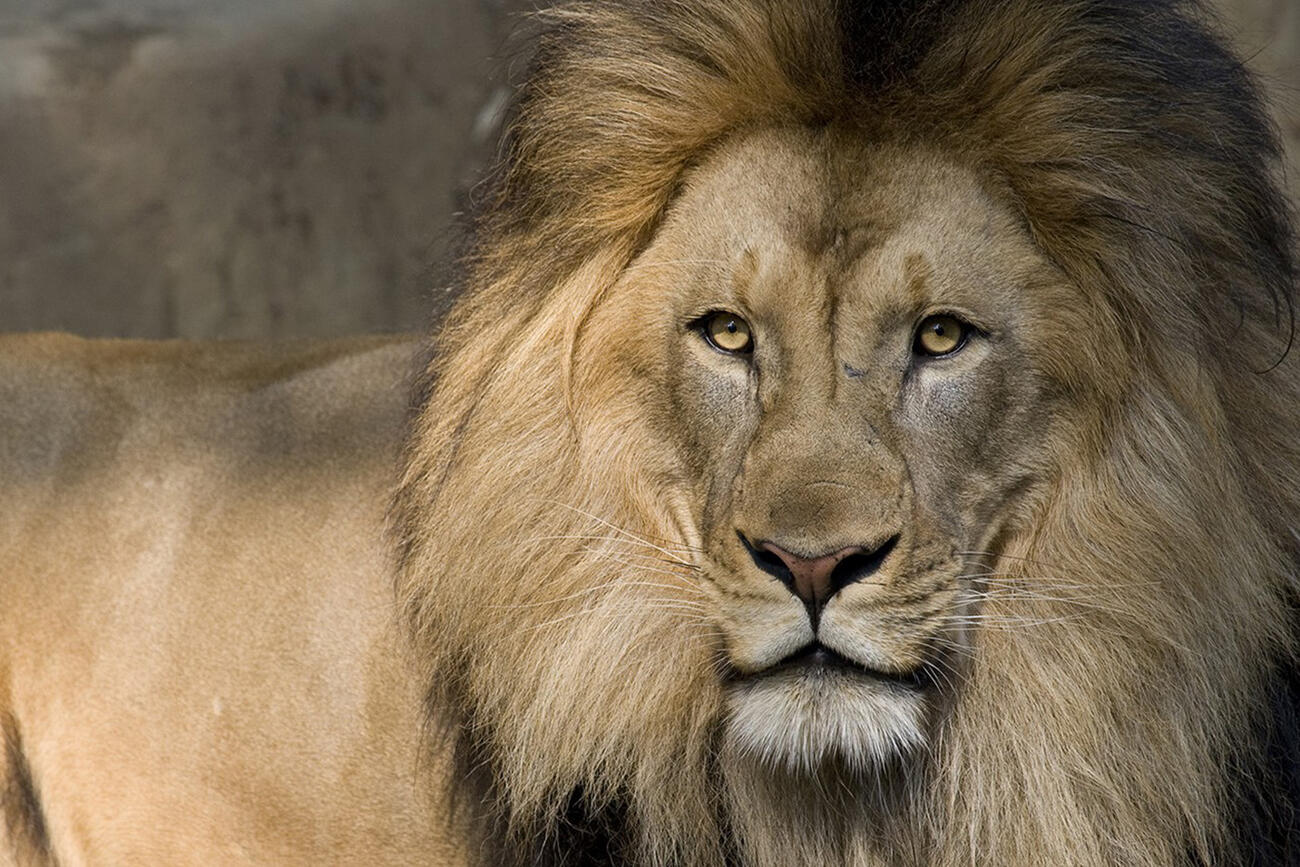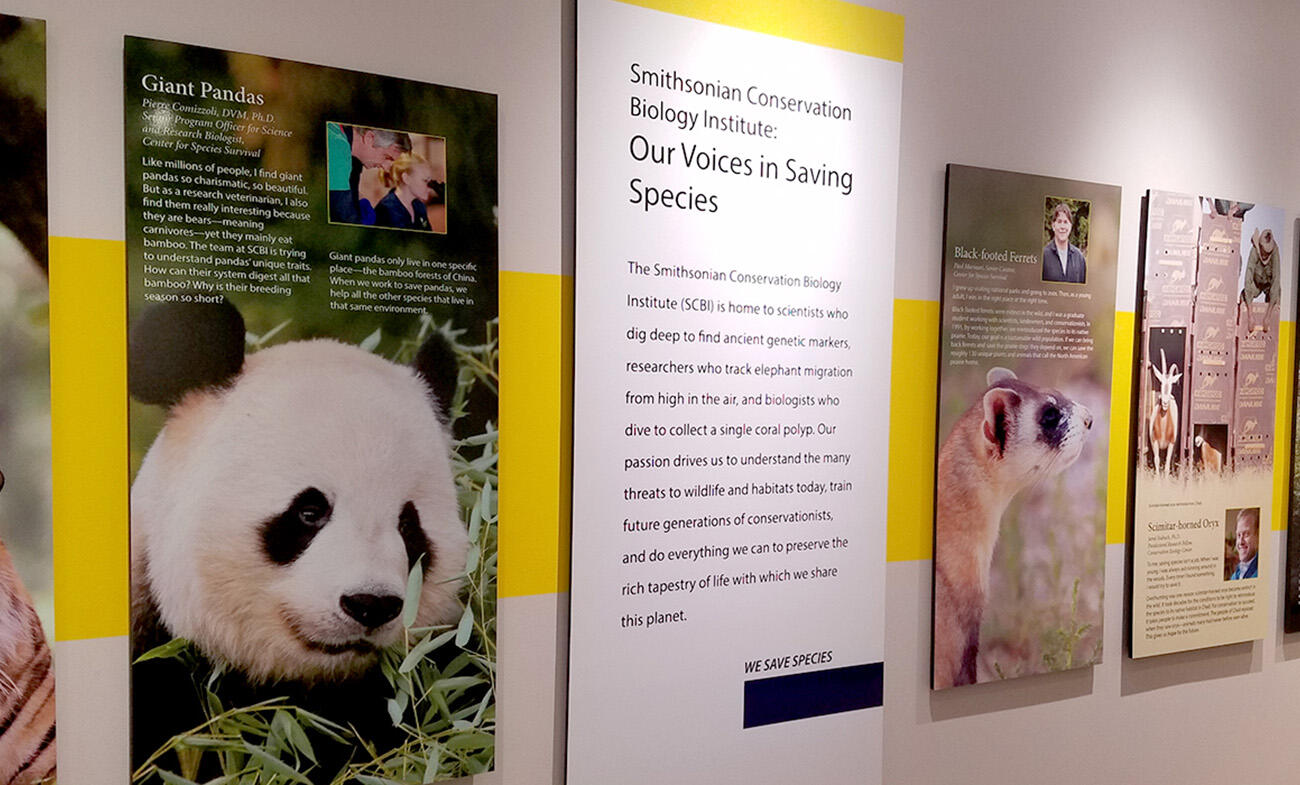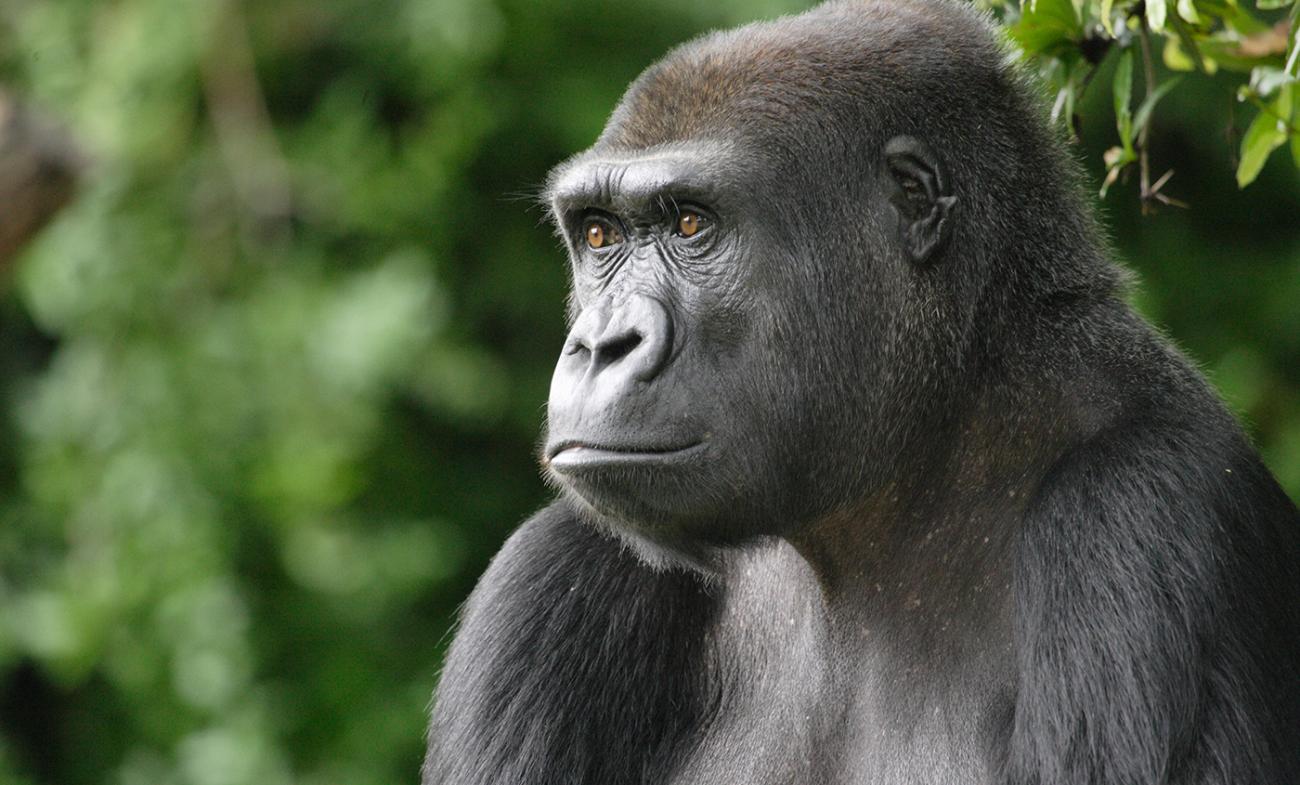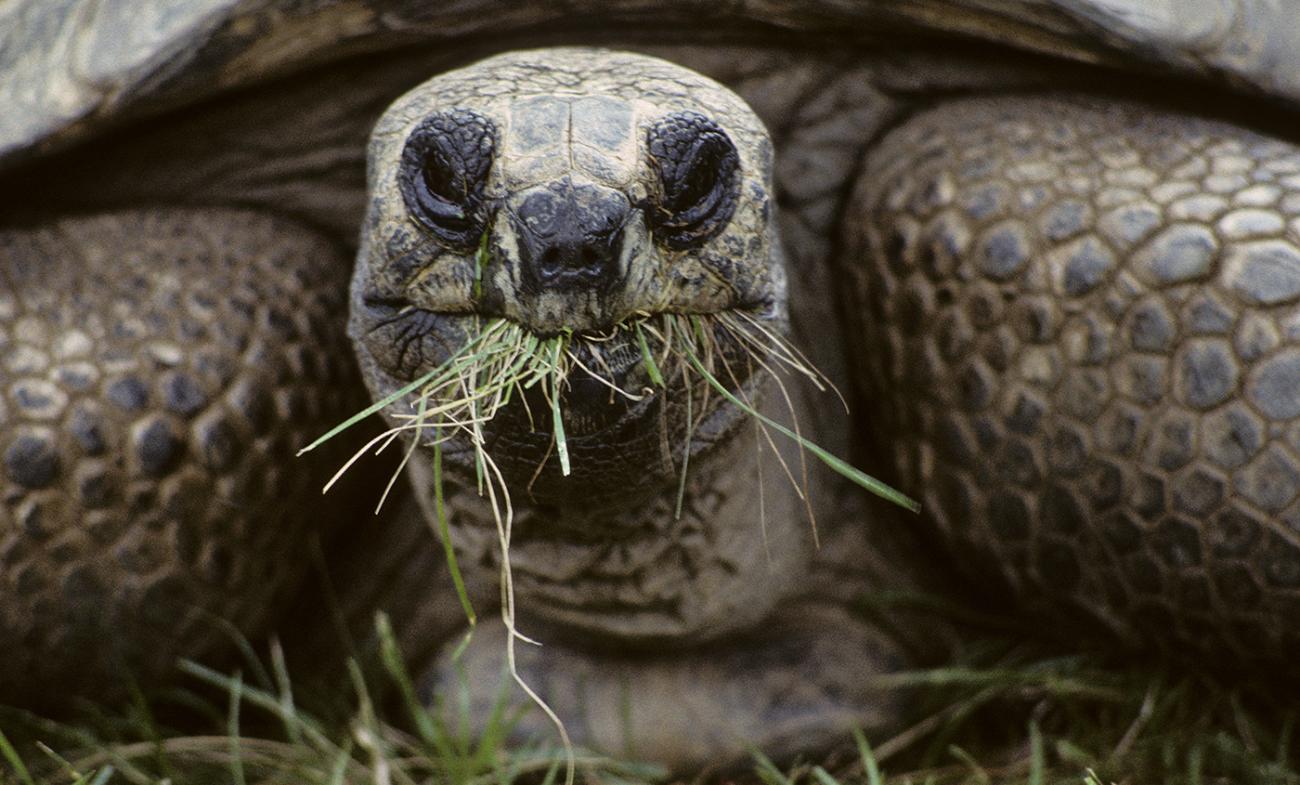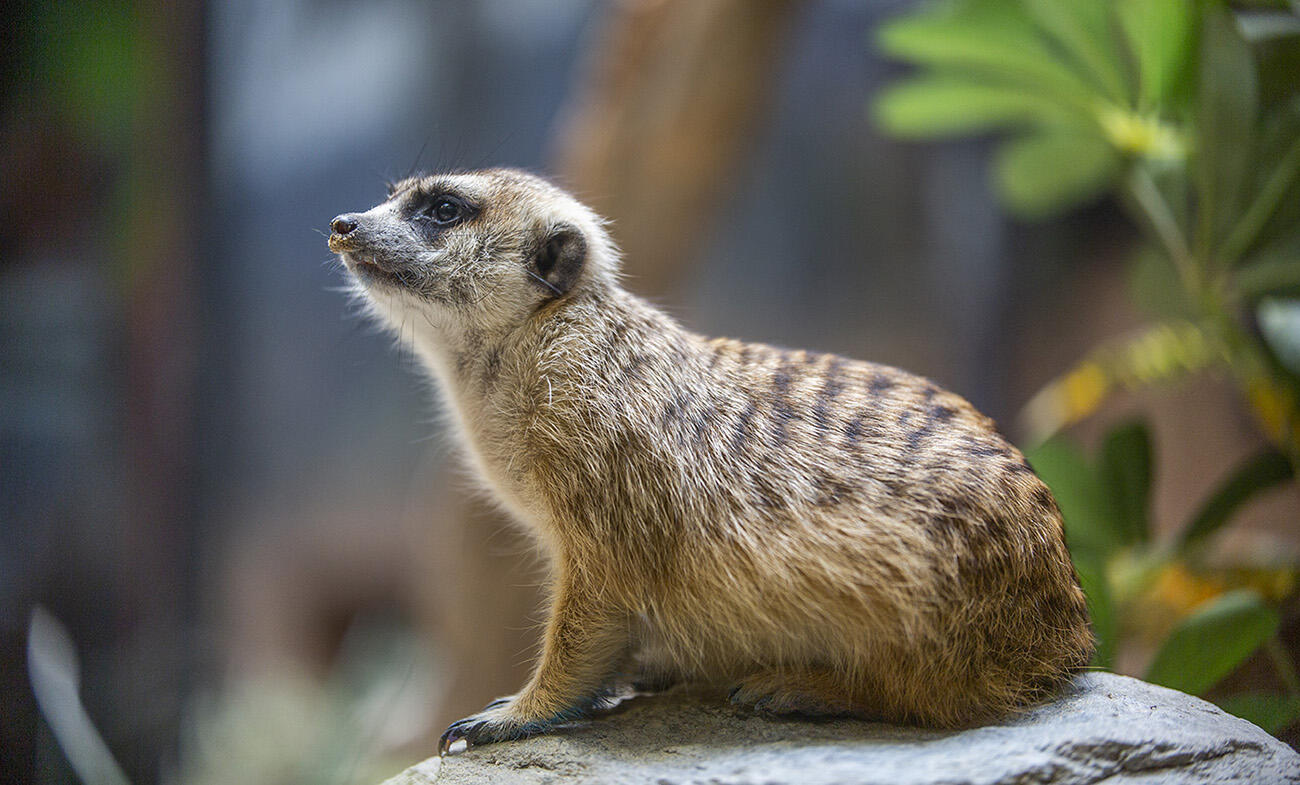Animals in this Exhibit
There are no animals currently in this exhibit.
Celebrating the animals native to Africa’s plains and shrublands, this historic exhibit features more than two acres of habitat space for cheetahs, kudu, zebras, ostriches, vultures, addaxes and other iconic species.
Renovations will start in Fall 2024 and are expected to be complete by the end of 2026.
What’s Happening at Africa Trail?
- This “renewal” project will revitalize the current look and feel of the exhibit, which offers close encounters with inspiring animals that thrive in African ecosystems.
- Renovations to the exhibit’s behind-the-scenes areas include roomier indoor animal stalls, radiant heated floors, upgraded ventilation and environmental systems, and other upgrades that enable staff to continue to administer world-class care to the Zoo’s residents.
- Outdoor renovations at Africa Trail will provide enhanced opportunities for visitors to get up close with the animals. Major construction projects like ground leveling and improved fencing structures will offer guests better views to see the animals in their habitat areas. The installation of new shade structures, dens, enrichment feeders and other comforts will give Africa Trail’s wildlife more ways to interact and engage with their surroundings.
About the Exhibit
One of the Zoo’s most beloved exhibits, Africa Trail helps guests create unforgettable moments with African animals while learning how the Smithsonian supports conservation efforts around the globe.
Cheetah Conservation at the Smithsonian
The Smithsonian’s National Zoo and Conservation Biology Institute is part of the Cheetah Species Survival Plan (SSP), a coordinated effort among zoos to manage and breed cheetahs in human care. Smithsonian scientists conduct advanced research to better understand cheetah physiology and behavior, with the goal of improving the care of cheetahs in zoos and guiding conservation strategies in the wild.

